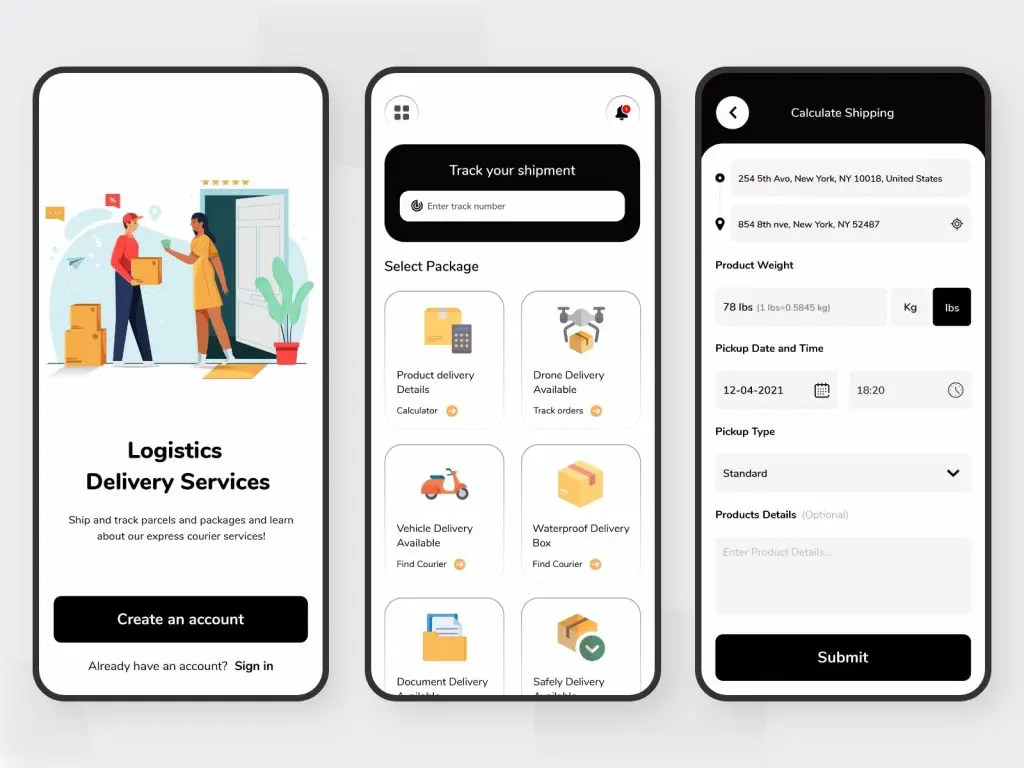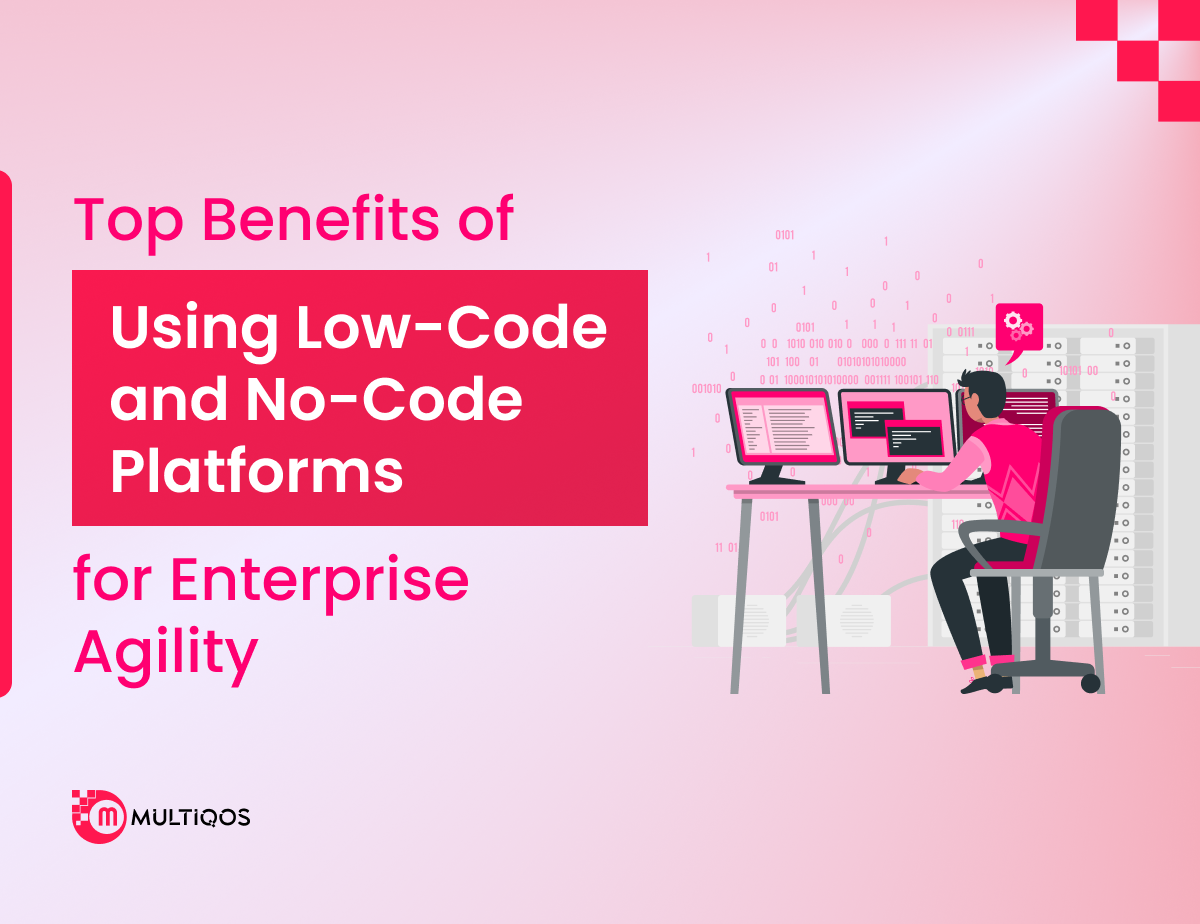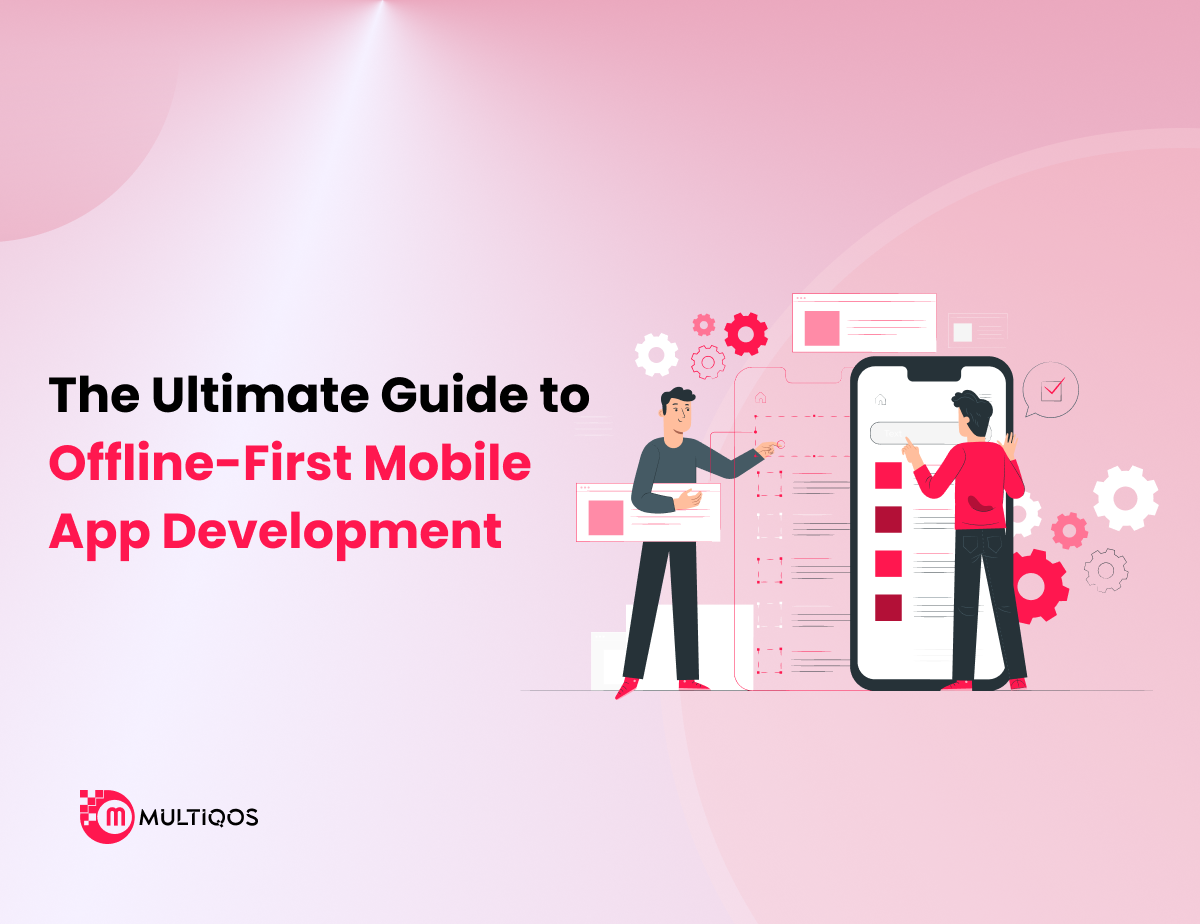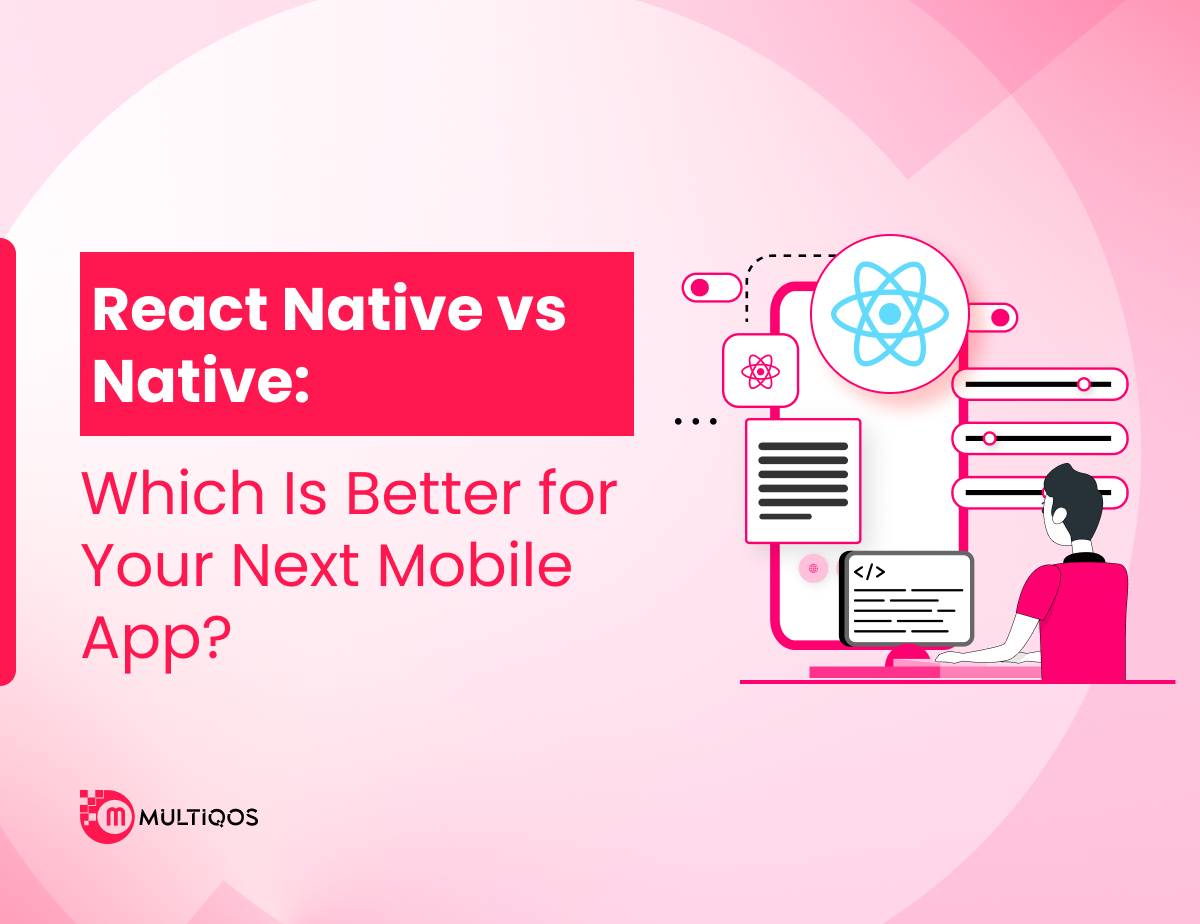How Much Does It Cost to Build a Logistics & Transportation App?
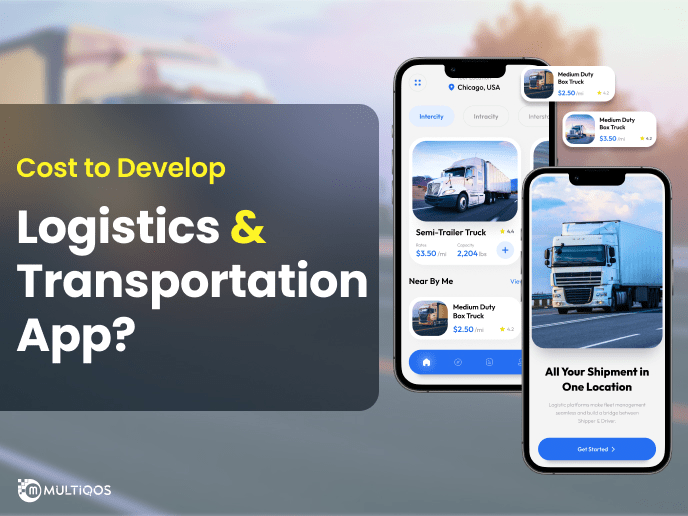
Introduction
The progression of technology is often highlighted as a cause to rejoice since it is considered one of the most welcome advancements to emerge throughout the Internet Age. There are now a variety of digital transformation services that can be accessed over the internet. These services make it possible for us to accomplish everything, from shopping for food and household items to making travel and entertainment arrangements online.
If your firm invests in scalable logistics and transportation app development, you will have a competitive advantage over other businesses. Customers can book a moving truck using your app for on-demand transportation to relocate their belongings to a new location. Thanks to the fleet management software they use, they can keep track of all of their cars without being concerned about any delays. Real-time tracking allows the company and its consumers to keep tabs on the whereabouts of a single shipment or an entire fleet.
Companies in the logistics and transportation industries who spend money on mobile apps that are scalable, feature-rich, and growth-oriented may reasonably anticipate seeing tremendous returns on their investments. You could be considering developing your Logistics or Transportation app, but you might be worried about the Logistics and transportation app development cost. In this article, we will talk about the numerous apps available for logistics and transportation. We will also present a high-level review of the cost estimate that goes into producing a logistics and transportation app with all its features.
What is a Transportation App?
Many individuals rely on transportation applications, which may be accessed through the internet, desktop computers, and mobile devices to navigate the city. The two sorts of users are pedestrians and drivers of motor vehicles. Within the app, users can send out requests for rides, check where their driver is located on a map, offer feedback in the form of ratings and reviews, and even manage their accounts.
The application provides drivers with the ability to receive ride requests from passengers located in their immediate vicinity, monitor the progress of pending trip requests, accept or reject ride requests based on criteria such as passenger rating, pickup location, etc., and provide feedback on their passenger experiences, and manage their accounts. Apps that make traveling easier are often connected with other apps that offer services that are analogous to this one, such as those that make it easier to ship packages. Waze, Lyft and Uber are among the most popular transportation apps that can be downloaded on a smartphone today.
Future of the Logistics Industry
The anticipation of forthcoming occurrences has long fascinated humans. Everyone has a natural curiosity about the immensity of the unknown and the possibilities that it may hold. We speculate about breakthroughs and technology of the far future, write them off as unattainable, and then, one day, we find ourselves utilizing them, such as the smartphone.
On the other hand, additional changes are taking place at this very moment and are beginning to permeate our society’s mainstream culture. These technologies will have a significant and ever-expanding influence on the logistics industry by 2024. They are many and varied, and they will affect many facets of logistics as we are now familiar with them. This encompasses the processes involved, as well as mobility, storage, safety, and consistency throughout supply chains.
Because there are now so many on-demand logistics applications available, the prospects for the logistics industry’s future are looking quite good. If there were ever a moment to invest in logistics software development, that time would be now. It would be much simpler to make a sound choice after carefully considering all of the relevant factors if one kept the approximate logistics app development cost in mind.
How Long Does It Take to Build a Logistics App?
Developing a mobile application for transportation generally takes 367 hours. However, the amount of time necessary to design a transportation app might range anywhere from 267 to 667 hours, depending on the features included in the app. Your application’s level of complexity will have the largest effect on the overall time required for the project. In the big scheme of things, you will need more time if you want unique designs, specific features, or an uncommon release platform. Logistics app development services usually need the following 5 stages:
-
Find Out Your Target Audience
It is futile to strive for the stars by attempting to satisfy every conceivable need all at once. If you can identify your target market and the reasons why they need the products or services you provide. In that case, you may be able to operate your business more effectively and achieve greater levels of success. Like all the others, this choice helps keep the number of people participating in the focus group at a reasonable level.
-
Decide Which Mobile Operating System You’d Want to Use: Ios or Android.
Because of this, we will break the essential technological stack into different parts. Every day, the level of competition in digital marketplaces such as the App Store and Android Market becomes more and higher. Given a large amount of work that goes into making mobile applications, it should not come as a surprise that many new businesses fail miserably at their first efforts to make them. You must get a good start on the competition and establish your size and authority.
-
Determine the Required Functional Features
The end users’ demands and convenience should be the developer’s major emphasis, and the best way to do this is to carefully analyze the end user’s requirements for the product’s functionality. They specify the software’s capabilities, and mobile app developers have to improve those capabilities so that consumers may simply carry out their jobs in line with the corporation’s requirements.
-
Application Conceptualization and Design
When it comes to creating portable apps, mobile app development company includes a wide selection of programming languages and frameworks from which to choose. iOS and Android, on the other hand, have quickly become the world’s two most popular operating systems. In a practical sense, they have standardized developers’ alternatives for creating mobile applications.
-
Marketing
Creating a marketing strategy should be a company’s priority while producing a multipurpose app. According to the findings of our investigation, app marketers and TranspoLogistics App Developers typically spend at least 31% of their overall budget on marketing. The importance of boosting app use on mobile devices is brought into focus by our results.
What Is the Typical Cost to Build a Logistics App?
The cost to develop a logistics app is contingent on several different elements. When trying to estimate the ultimate cost of a logistics program that runs on a mobile platform, there are several factors that need to be taken into consideration.
-
Characteristics and Functional Implications
Including the app’s functionality is vital when determining how much it will cost to construct a logistics and transportation app. This is due to the fact that lightweight software will have a cheaper development price tag than more complex software. On the other hand, the cost of developing logistics software might increase if it is expected to do an excessive number of activities or have an excessive number of bells and whistles.
-
A Specific Geographical Location
Developing an application in a different area will incur more costs. There is a standard fee that is paid on an hourly basis for development, and it varies from country to country. When compared to the cost of producing comparable software in Asia, the mobile app development cost in developed countries such as the United States of America, Europe, and other places in the world is much higher.
-
The Operating System Platform
For businesses, the cost of producing an application for Android is quite low, but the cost of developing an application for iOS is much greater. Because each platform has its requirements for Logistics mobile app development, it calls for employing dedicated development teams. As a result, the financial projections for the budget are derived from the chosen method.
Source: Logistics Delivery App
-
Designing and Layout of the app
When a consumer just requires a basic layout for their app, the cost of developing the app is quite inexpensive. The cost of designing will grow, however, if the software is complex and more advanced design is needed to use all of its features fully.
-
Alterations and Customisation of the Development Process
When cutting-edge technologies such as the Internet of Things (IoT), machine learning (ML), artificial intelligence (AI), and so on are incorporated into the design and development of an application, the cost of the application increases. Because of this, logistics software development company is more expensive when they include a process that is both more complicated and more time-consuming.
It will cost between $15,000 and $25,000 to develop a logistics app that has all of the above features and runs on a single platform. If the client demands native app development for Android and iOS, the price range will climb to between $35,000 and $45,000.
How to Successfully Grow Your Logistics Application?
-
Raise the Consistency of Sales Projections
An effective sales approach is essential. Not only does this raise responsibility among salespeople and executives, but it also helps you boost sales. A successful sales plan should be easy to implement, adapt, and track results. The funnel method, which will be discussed further below, is one means by which this may be accomplished.
-
You Should Continue to Generate Leads.
Learning as much as possible about your prospective clients is important to increase sales. Their full contact details are at your fingertips: name, email, phone number, and even business.
-
Better Lead and Customer Management Is Essential.
The leads you get from the abovementioned strategies should be filtered to check whether they are a good fit for your ideal client. Find out whether they are interested in purchasing, have the funds available to make a purchase, and have any say in whether or not their organization should make a purchase. When you’ve done that, it’s time to start qualifying leads and setting priorities for your customers’ service. The most fundamental need of every business is effective leadership and customer management.
-
Give Your Customers What They Want.
Customers have varying wants and demands, and it’s your job to cater to them. Try to find competent salespeople who can evaluate a customer’s wants and requirements and then give a solution in the form of your product. Thus, you should consistently attempt to learn about the customer’s requirements, present your product officially, and seal the transaction.
-
Create a Brand Name
Word of mouth is very effective in logistics, especially in India. Therefore, it is crucial to maintain a positive brand image. Spend time figuring out what makes your brand unique, and then ensure that message gets out there. For example, if you know that your fast turnaround time sets you apart from the competition, then make sure that no one does a better job marketing that fact. You have arrived when your unique selling proposition (USP), whether its quality or outstanding work ethic, becomes associated with your brand.
Aslo Read: How Much Does Custom App Development Cost in 2024?
What Can MultiQoS Do for Your Logistics Business?
The On-demand logistics app development market is predicted to develop for various reasons as a growing number of on-demand logistics applications become accessible to consumers. There is a fantastic chance to invest money in the development of logistics apps at the moment. MultiQoS is a global leader in the area of developing on-demand mobile applications, and the company’s instantaneous logistics solutions are among the most cutting-edge and user-friendly in the sector as a whole.
We have developers with on-demand logistics app development solutions on staff who are professionals in developing and integrating the kinds of technologies that can elevate an average app to an amazing one. These tools can take a good app and make it great. Some of the on-demand app development services that we provide include utilizing a strategy-based approach on social media, integrated support for monetary transactions inside the app, analytics for enormous volumes of data, cloud-based services, and other areas, including prompt alerts, IP address geolocation, and so on. You may get started straight away by speaking with one of our available consultants.
Conclusion
To conclude, it is reasonable to say that incorporating new technologies into the logistics and transportation sectors has the potential to impact these sectors significantly. This possibility was discussed earlier in the post. A well-thought-out option would be to have your firm construct a logistics and transportation app to aid the simplification of complex procedures, the management of fleets, and the organization of data. This would allow for better organization of data and easier administration of fleets.
The correct Logistics app development company will be able to assist you in modifying the features and functionality of your app so that it better satisfies the requirements of your target audience. Because the logistics industry is doing so well right now, now is an excellent opportunity to capitalize on the trend by having your organization create on-demand app development solutions to meet customer demand.
Do You Want to Develop a Mobile Logistics App?
Book a Free Consultation with One of Our Tech Consultants.
FAQs on Logistics App Development
Using on-demand logistics technologies, shippers may find drivers of company-owned vehicles who are available to deliver their goods. This software has three distinct parts: the carrier app, the shipper app, and the control center.
Customers and partners of your logistics firm will appreciate the convenience of a custom mobile app that integrates GPS tracking of their orders. If your mobile app uses geolocation, this is one of the many advantages you’ll enjoy. In a matter of seconds, you can keep tabs on progress or even take charge of shipping.
The logistics app development cost is based on the following elements, all of which are determined by the on-demand functionality of the app:
Get In Touch


